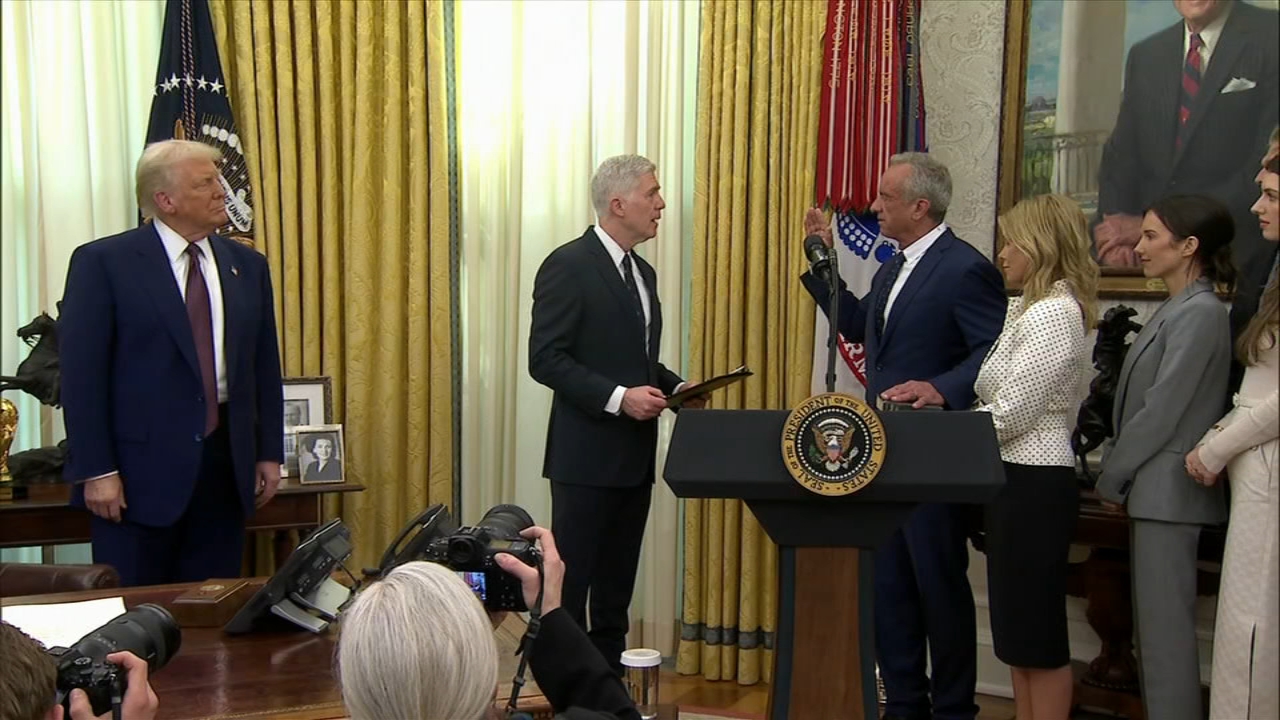Mastering the Employee Retreat

Anyone who has ever been on a corporate retreat knows there’s a fine line between being real gung-ho about the proceedings and hating every minute of it. As Beck Bamberger writes over at Forbes, a retreat done well can be a huge boon to morale and productivity. Done wrong and employees will dread the mere thought of another. With such a range between risk and reward, it’s important to plan accordingly so results lean more toward “gung-ho” and less toward “complete and utter misery.”
Bamberger’s piece includes several examples of proven strategies that will boost collaboration and creativity. For example, she emphasizes the importance of letting different people control the agenda:
“Our culture, like many built and staffed by millennials, runs on collaborative leadership, a style of leadership that is ‘anti top-down.’ Roles and responsibilities fluctuate and evolve, rather than stay stringently in place. Retreats are an ideal situation to introduce or further a collaborative leadership style, allowing more junior-level employees a chance to lead a whole section of the day … As the founder, I get a chance to watch leadership styles of others and how colleagues respond.”
That’s a good start. The most important bit of the above (and perhaps of the whole thing) is to let your staff be part of the planning process. The worst retreats are the ones that feel like weekend-devouring “state of the union” addresses. Check out the full article (linked below) for more advice for planning a top-notch corporate retreat.
Read more at Forbes.
Photo credit: Africa Studio / Shutterstock





